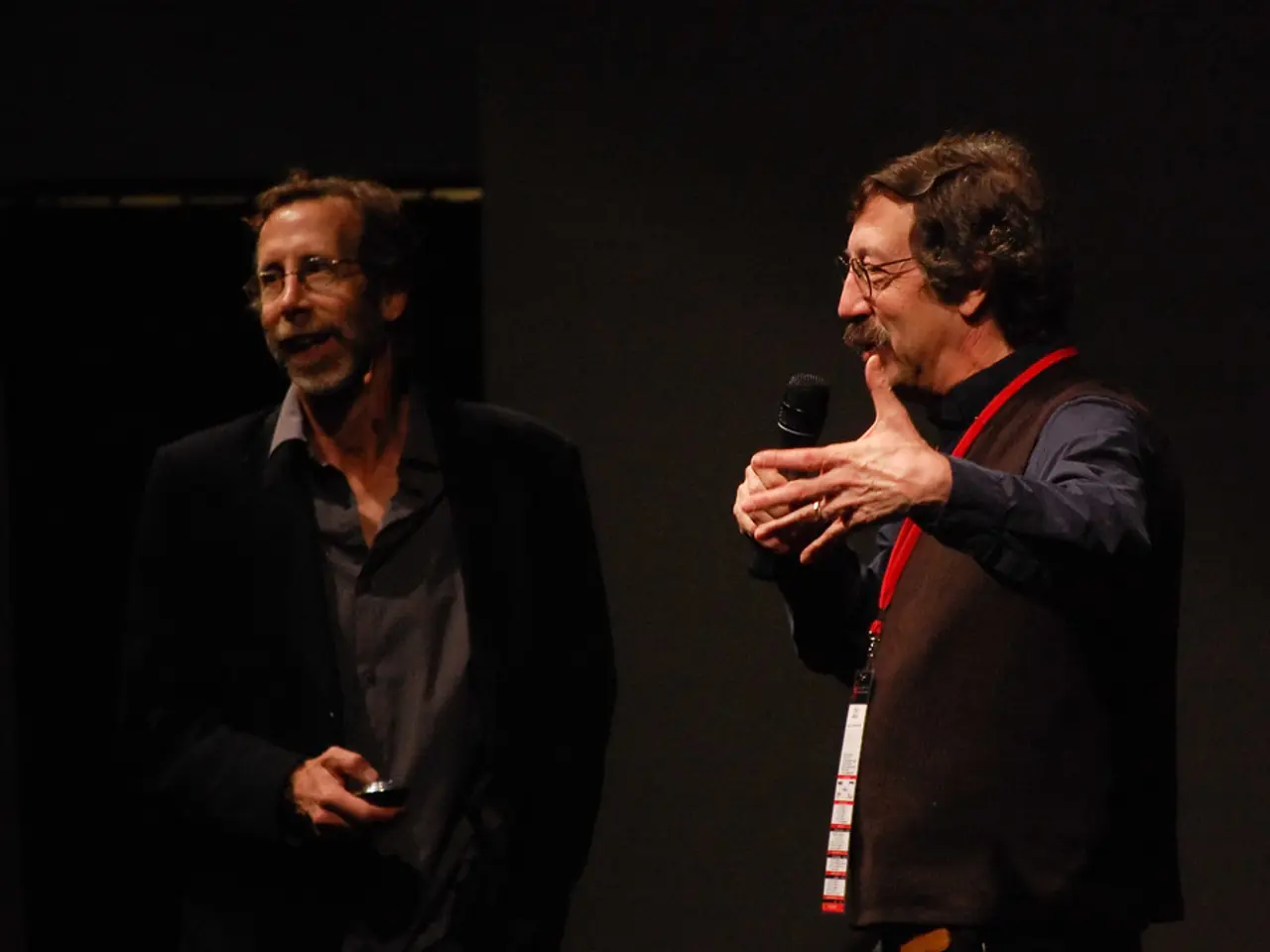Groundbreaking Pioneer: Erik Satie - The Unconventional Maestro
====================================================
Erik Satie, born in 1866, was a French composer who broke away from the traditional 19th-century French Romanticism. Despite initial criticism and being dismissed from the Paris Conservatoire, Satie's unique style and innovative compositions have left an indelible mark on 20th-century music.
Satie's early life was marked by tragedy, as his mother passed away when he was young, leaving him to live with his grandparents. Afterwards, he was sent to the Paris Conservatoire for piano lessons, but his unconventional approach led to his dismissal as being "lazy and unmotivated."
Following his departure from the Conservatoire, Satie found work as a piano player in Cafes in Paris. However, his music did not gain widespread acceptance, with many conservative French critics failing to appreciate his unique style. This led to Satie being defined as a 'bad composer' and almost being forgotten.
But Satie's fortunes began to change. After leaving the military, where he deliberately infected himself with bronchitis to be discharged early, Satie's popularity grew. A new generation of musicians began to appreciate and look up to him, many of whom hailed him as the predecessor to Debussy.
Satie's experimental works, such as Vexations, Parade, and Socrate, showcased his original ideas about harmony and counterpoint, blending music with theatrical and visual arts. Vexations, written in the 1890s but unpublished during his lifetime, features a brief motif repeated 840 times, creating an austere and meditative atmosphere, challenging traditional forms of musical progression and listener engagement.
Satie's quirky compositional style included sets of short instrumental works with absurd and whimsical titles such as Véritables Préludes flasques (pour un chien) ("True Flabby Preludes (for a Dog)"), Croquis et agaceries d'un gros bonhomme en bois ("Sketches and Exasperations of a Big Wooden Man"), and Sonatine bureaucratique ("Bureaucratic Sonata"). He also provided unusual and humorous instructions to performers, which on the surface seem nonsensical but reflect his satirical and avant-garde approach to composition.
Another experimental aspect of Satie's work is his rhythmic and formal innovation, exemplified in pieces like the Gnossienne No. 1, which is composed in free time and is highly experimental with form and rhythm, contributing to the early modernist break from traditional musical structures.
Satie's Gymnopédies and three Gnossiennes, composed in 1890, remain popular for their beautiful melodic lines and Oriental atmosphere. Satie's unique traditions, such as wearing a bowler hat and wing collar, carrying a rolled-up umbrella, and carrying a hammer for self-defense, added to his eccentric image.
Satie's fortunes continued to improve, with the live presentation of his work Je Te Veux being organized by WKMT Overseas Concerts Series, with the support of Markson's piano shop - London and Mondoñedo Council. His collaborations with artists such as Jean Cocteau, including A Midsummer Night's Dream, were also huge successes.
However, it wasn't until the 1960s when John Cage became interested in his music that Satie began to regain his popularity. Satie's use of unusual instruments such as sirens and typewriters in his compositions also contributed to his avant-garde reputation.
Sadly, Satie suffered from cirrhosis of the liver and died in 1925. But his innovative and experimental style continues to influence music to this day, setting the tone for many 20th-century avant-garde movements.
- Interested in experimenting with piano technique, Erik Satie, an intermediate pianist, might have enjoyed practicing Satie's quirky and challenging compositions, such as the motif repeated 840 times in Vexations.
- A composer who went against traditional 19th-century French Romanticism, Erik Satie, despite initial criticism and being dismissed from the Paris Conservatoire, still managed to leave an entertaining and memorable impact on 20th-century music.
- As an intermediate pianist, one could learn techniques from studying Satie's piano works, like the Oriental-atmosphere Gymnopédies and the rhythmically innovative Gnossiennes.







